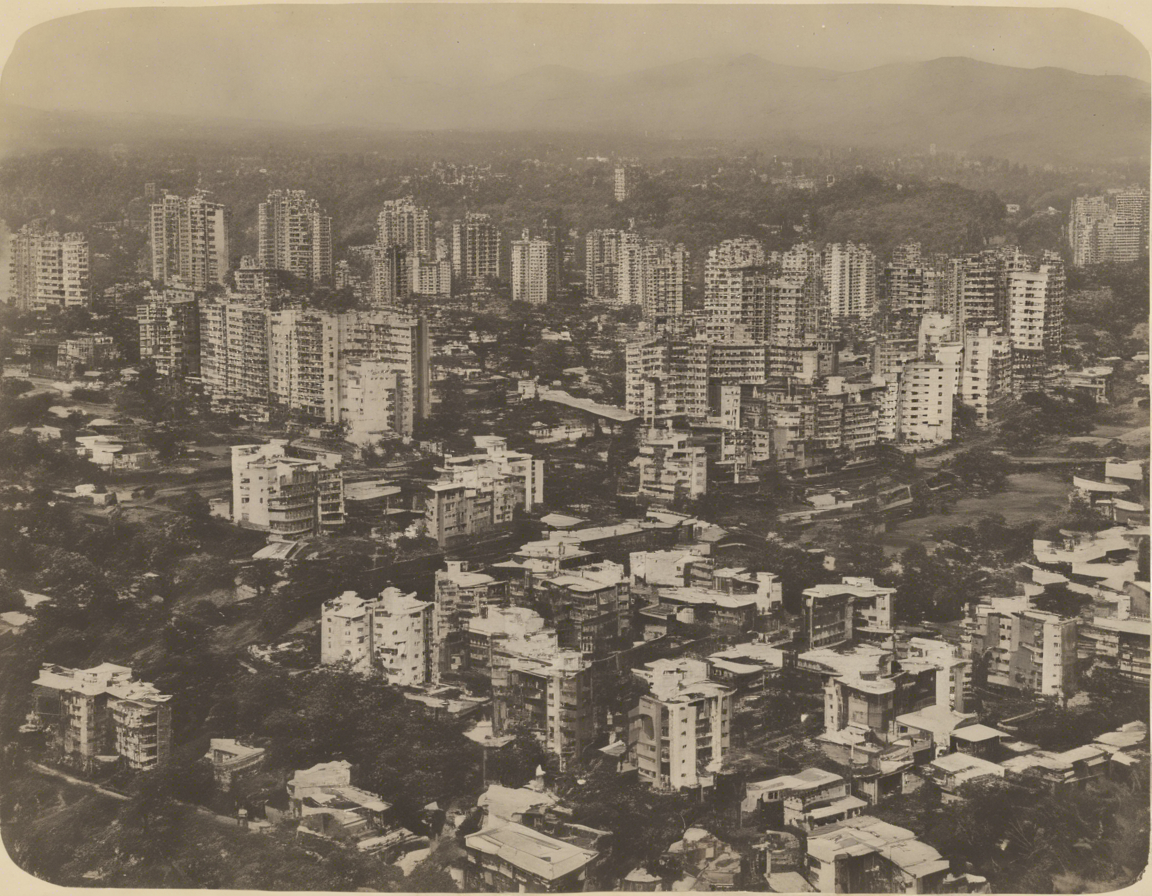Bombay Dyeing is a well-known name in the Indian textile industry and has been a part of the market since 1879. Today, Bombay Dyeing is not only recognized for its quality textile products but also for its performance as a publicly traded company. Analyzing the share performance of Bombay Dyeing can provide valuable insights for investors looking to understand the company’s financial health and potential for growth. In this article, we will delve into the factors that influence Bombay Dyeing’s share price, historical performance, key financial metrics, and what to consider when evaluating its investment potential.
Factors Influencing Bombay Dyeing’s Share Price
Industry Trends
The textile industry is highly influenced by global economic conditions, consumer spending patterns, and fashion trends. Any shifts in these areas can impact Bombay Dyeing’s sales figures and ultimately its share price.
Company Performance
Investors closely monitor Bombay Dyeing’s financial reports, quarterly earnings, and market positioning to assess its profitability and growth prospects. A strong performance often translates to an increase in share price.
Market Sentiment
External factors like market volatility, investor sentiment, and geopolitical events can also influence Bombay Dyeing’s share price. Positive news can lead to a surge in share prices, while negative developments may result in a decline.
Historical Performance of Bombay Dyeing Shares
Over the years, Bombay Dyeing’s share price has witnessed fluctuations, mirroring the company’s performance and market conditions. By studying the historical data of Bombay Dyeing shares, investors can gain insights into the company’s past trends and potential future movements.
Key Financial Metrics to Consider
Revenue Growth
Steady revenue growth is a positive indicator of a company’s performance and market demand for its products. Investors should analyze Bombay Dyeing’s revenue trends over different time periods to gauge its financial stability.
Profit Margins
Profit margins indicate how efficiently a company is operating. Gross profit margin, operating profit margin, and net profit margin are key metrics to evaluate Bombay Dyeing’s profitability and cost management.
Debt Levels
High levels of debt can be a red flag for investors as it indicates financial risk. Analyzing Bombay Dyeing’s debt-to-equity ratio and debt repayment schedule is crucial in assessing its long-term sustainability.
Return on Investment
Return on investment (ROI) measures a company’s profitability relative to its total assets. High ROI values demonstrate efficient asset utilization and can attract investors seeking lucrative opportunities.
What to Consider Before Investing in Bombay Dyeing
Market Research
Conduct thorough market research to understand the textile industry landscape, competitive positioning of Bombay Dyeing, and potential growth opportunities or challenges in the market.
Risk Assessment
Evaluate the risks associated with investing in Bombay Dyeing, such as market volatility, industry cyclicality, changing consumer preferences, and regulatory factors that may impact the company’s operations.
Long-term Prospects
Assess Bombay Dyeing’s long-term growth prospects, sustainability initiatives, innovation strategies, and expansion plans to determine if it aligns with your investment goals and risk tolerance.
Diversification
Consider diversifying your investment portfolio to reduce risk exposure. Including a mix of asset classes and industry sectors can help mitigate potential losses from fluctuations in a single stock like Bombay Dyeing.
Frequently Asked Questions (FAQs)
1. What has been the historical share price trend of Bombay Dyeing?
The historical share price trend of Bombay Dyeing has seen periods of volatility but has shown growth over the long term, with fluctuations in response to market conditions and company performance.
2. How does Bombay Dyeing compare to its competitors in the textile industry?
Bombay Dyeing competes with both domestic and international textile companies. Investors should compare key financial metrics, market positioning, and growth strategies to assess its competitive advantage.
3. What are the major risks associated with investing in Bombay Dyeing?
Major risks associated with investing in Bombay Dyeing include industry cyclicality, raw material price fluctuations, market competition, regulatory changes, and economic downturns impacting consumer spending.
4. How does Bombay Dyeing’s dividend policy impact shareholder returns?
Bombay Dyeing’s dividend policy influences shareholder returns as it determines the distribution of profits to investors. Investors seeking regular income may prefer companies with a stable dividend payout.
5. What regulatory factors should investors monitor when investing in Bombay Dyeing?
Investors should monitor regulatory factors such as trade policies, labor regulations, environmental compliance, taxation changes, and government initiatives impacting the textile industry and Bombay Dyeing’s operations.
In conclusion, analyzing the share performance of Bombay Dyeing requires a comprehensive evaluation of various factors influencing its stock price, historical performance, key financial metrics, and careful consideration of investment risks and opportunities. By conducting thorough research and staying informed about market trends, investors can make well-informed decisions when investing in Bombay Dyeing shares.




